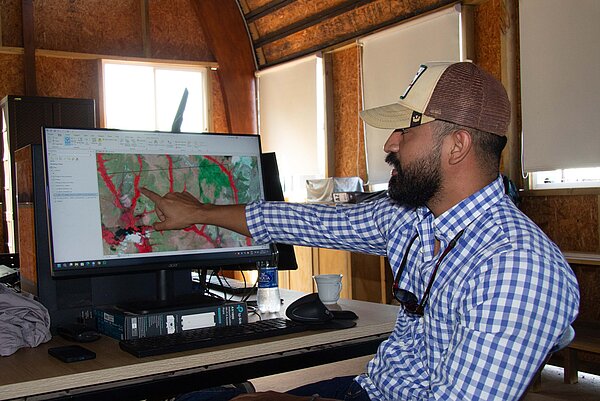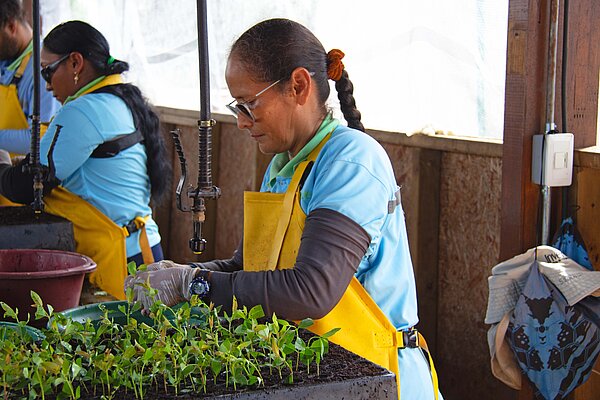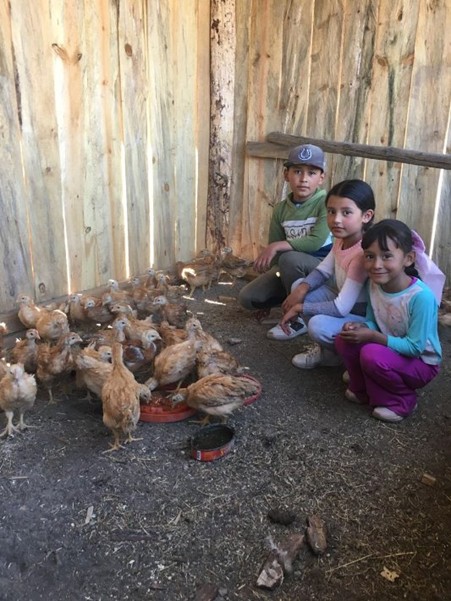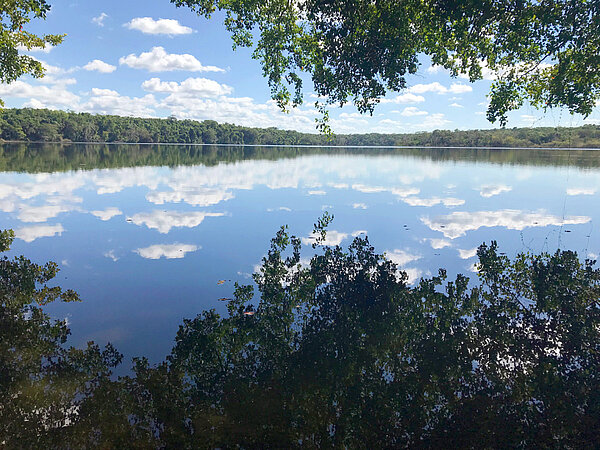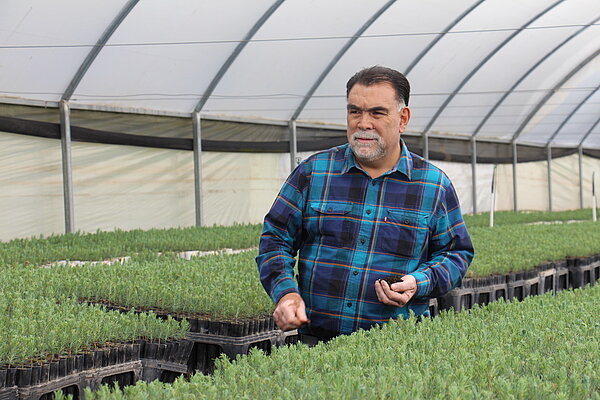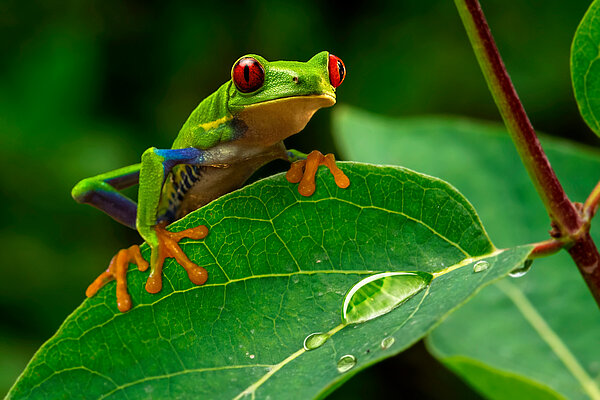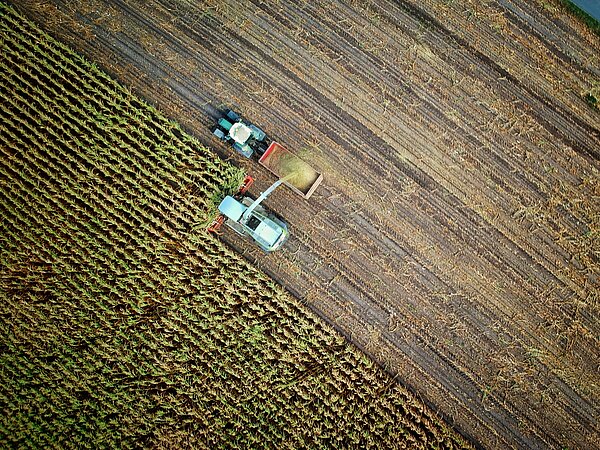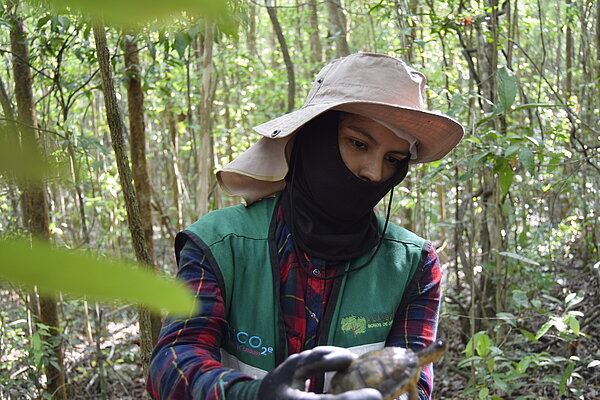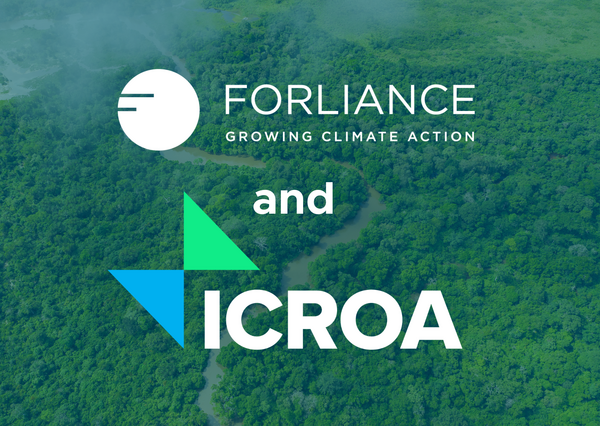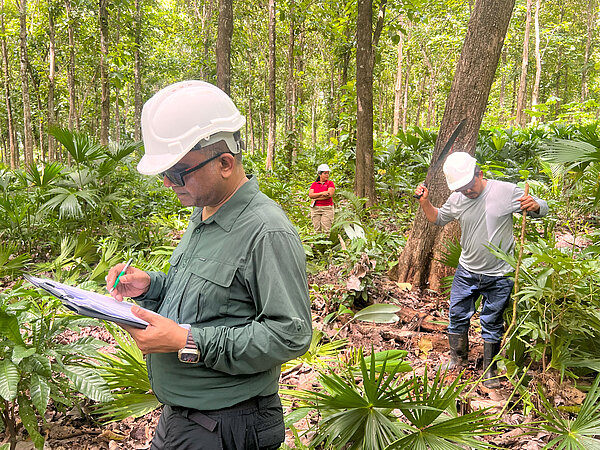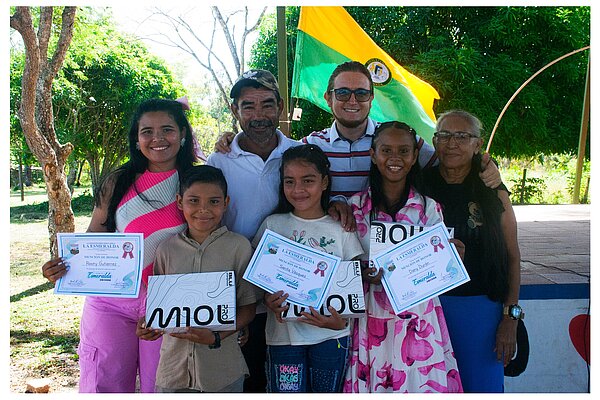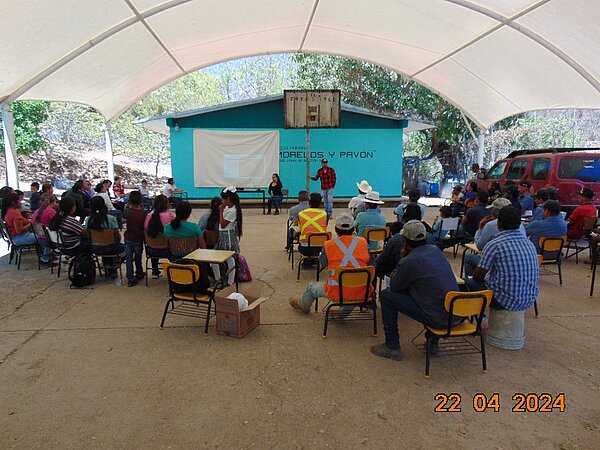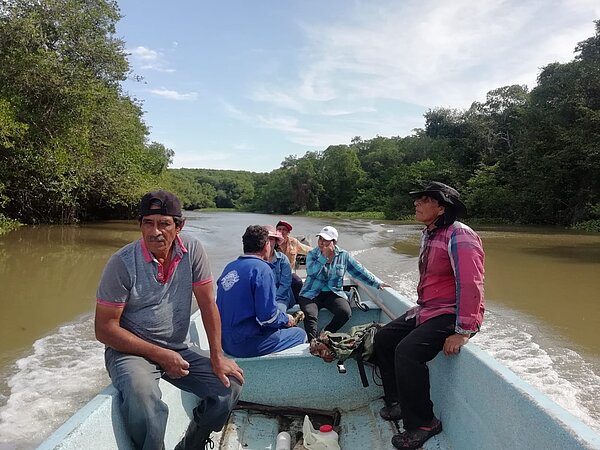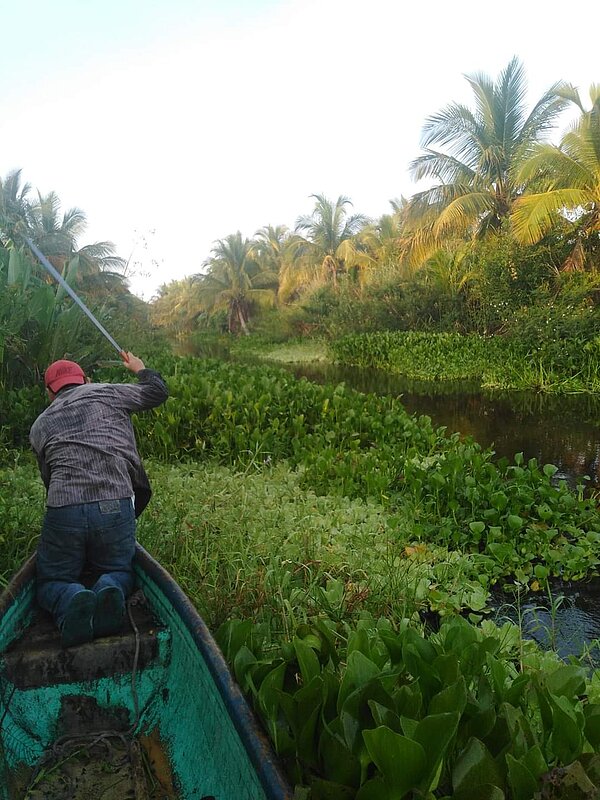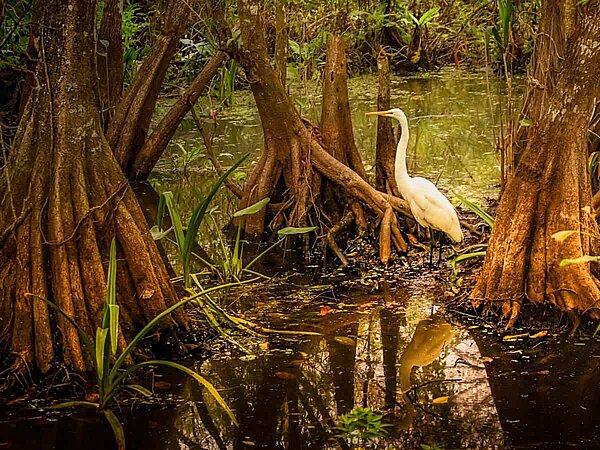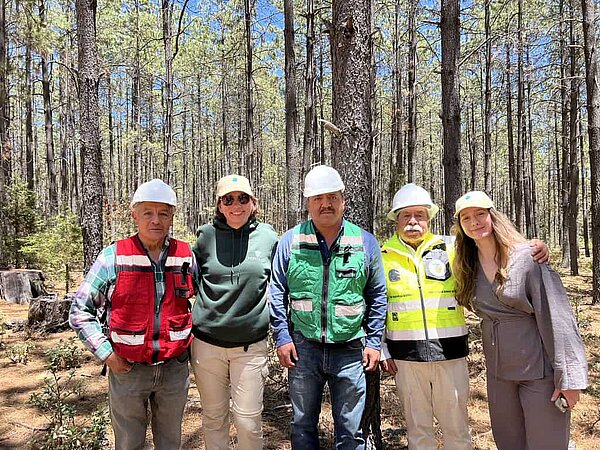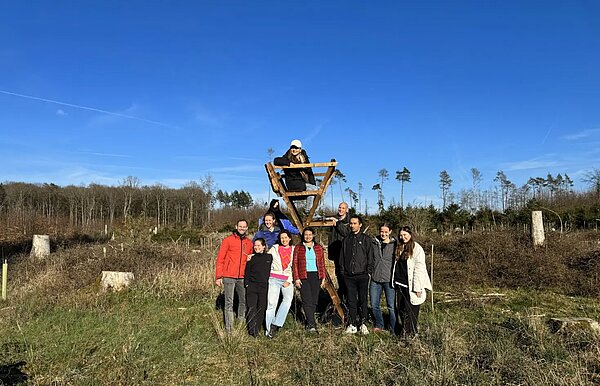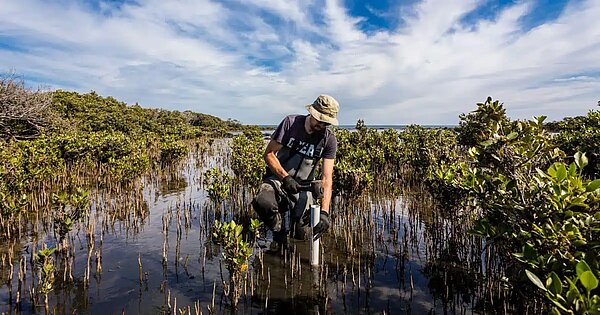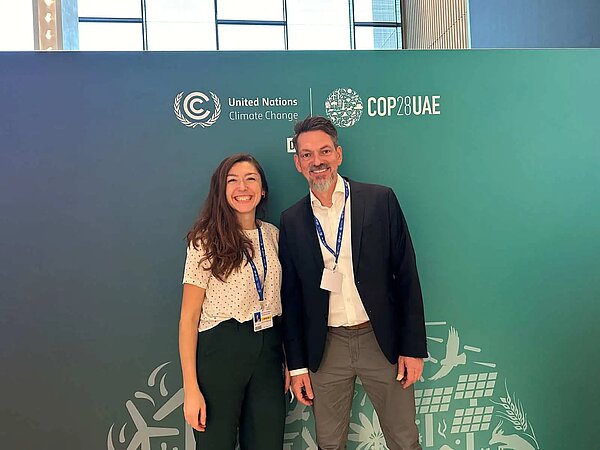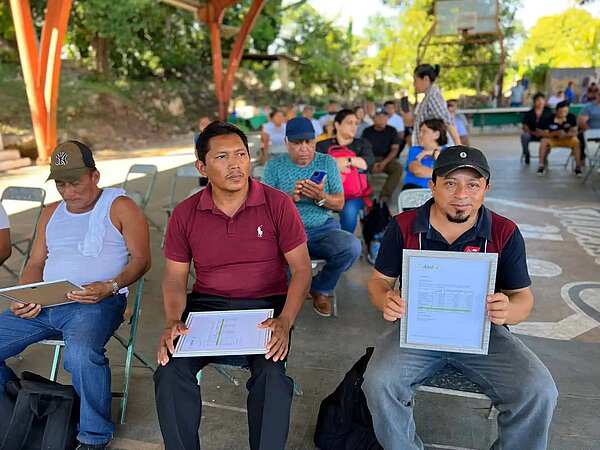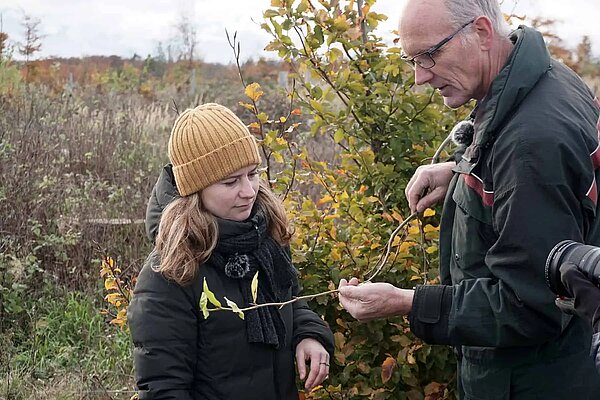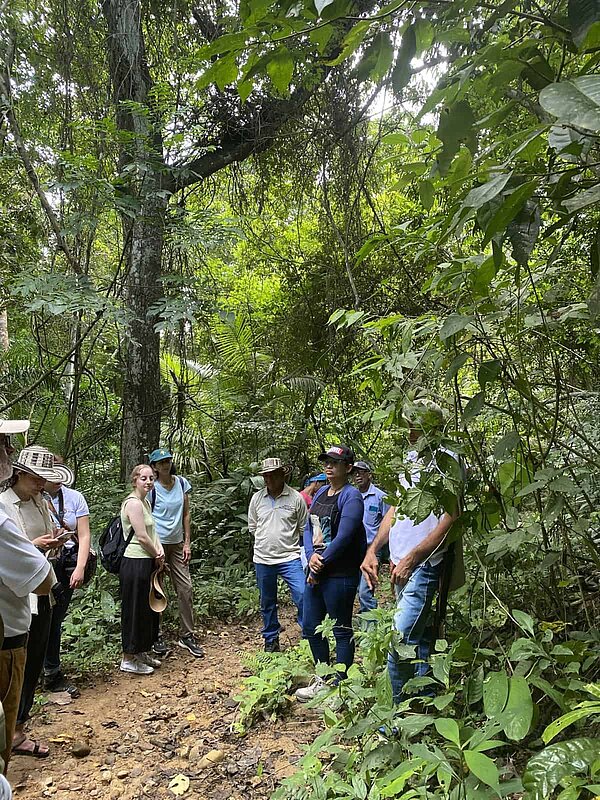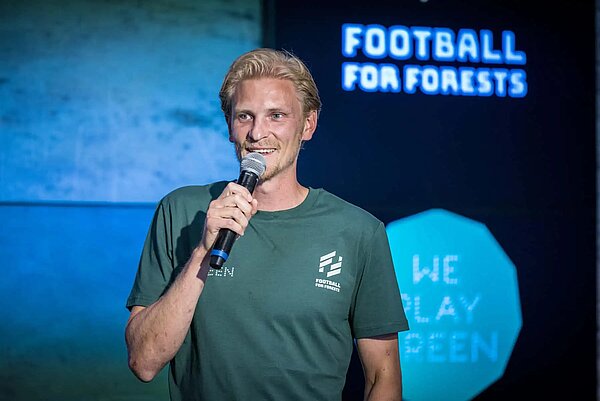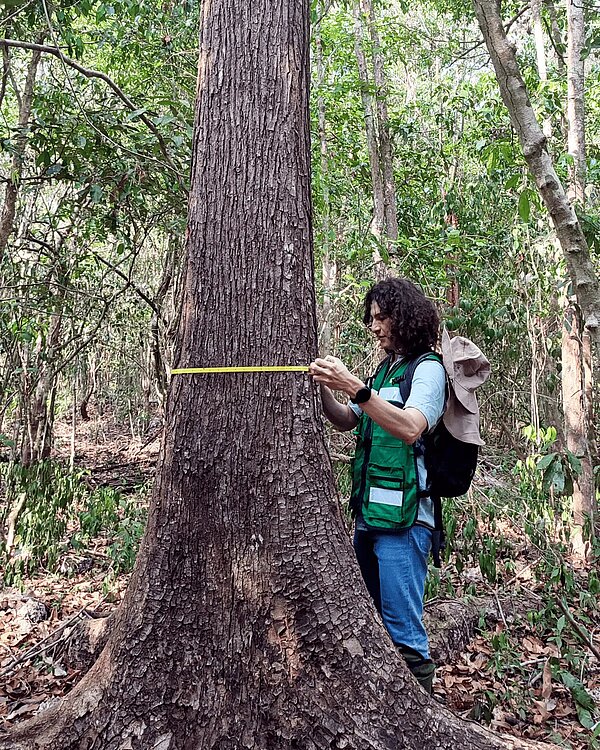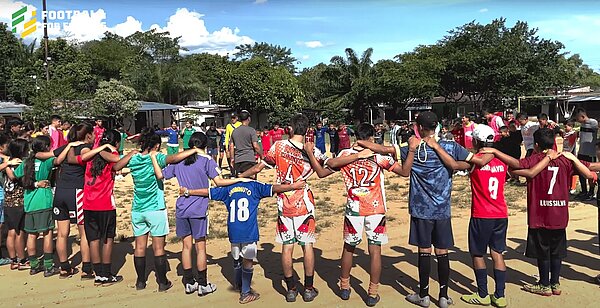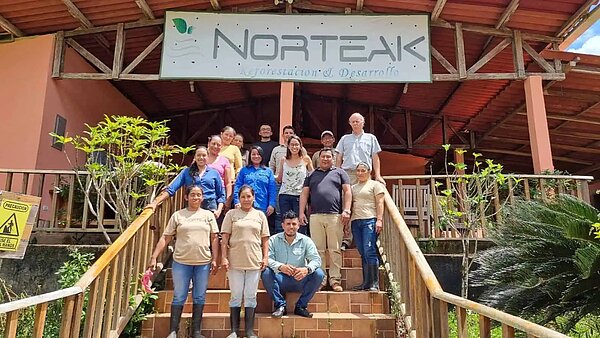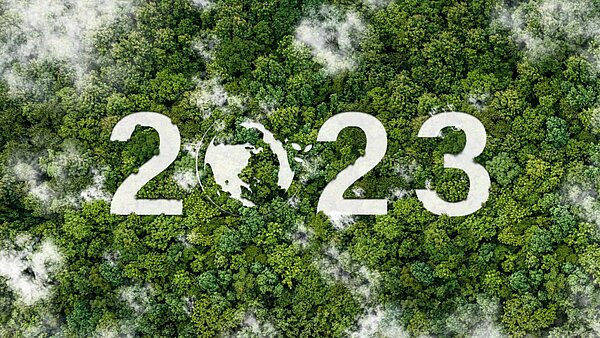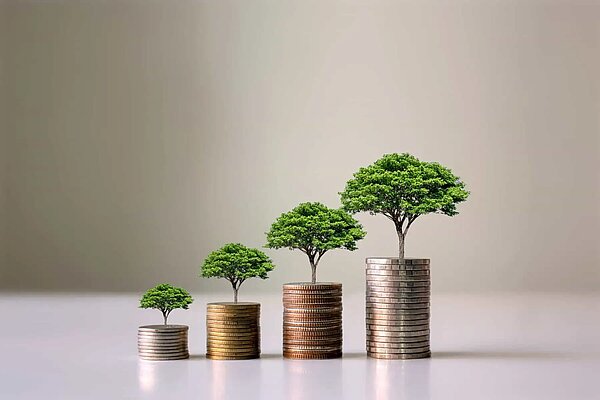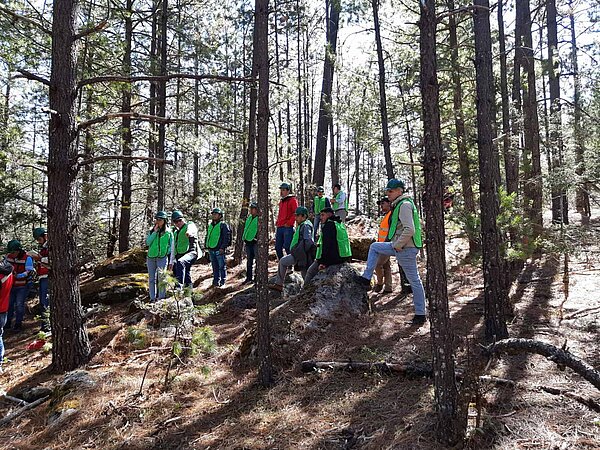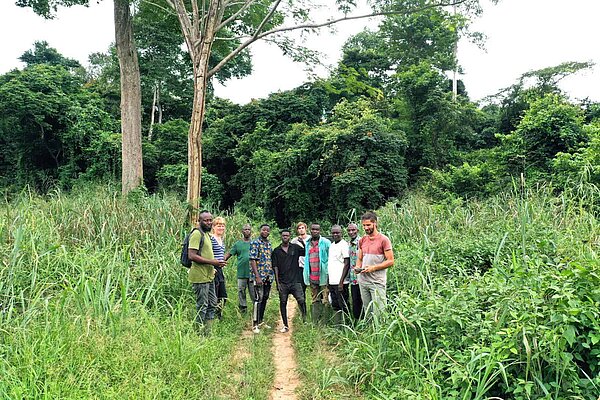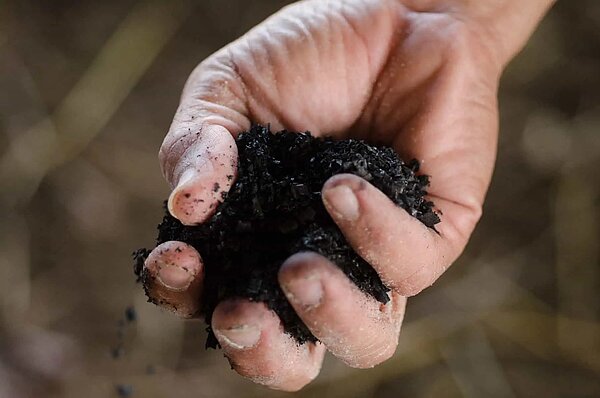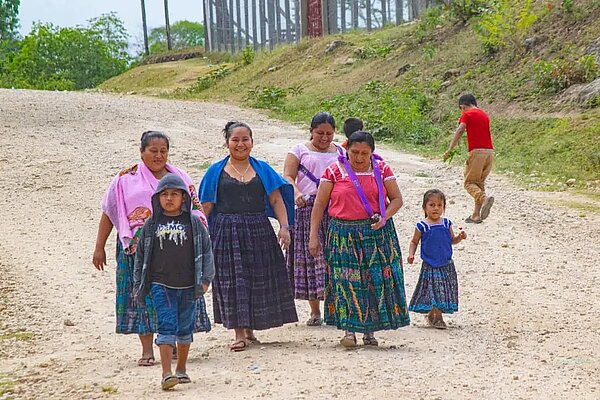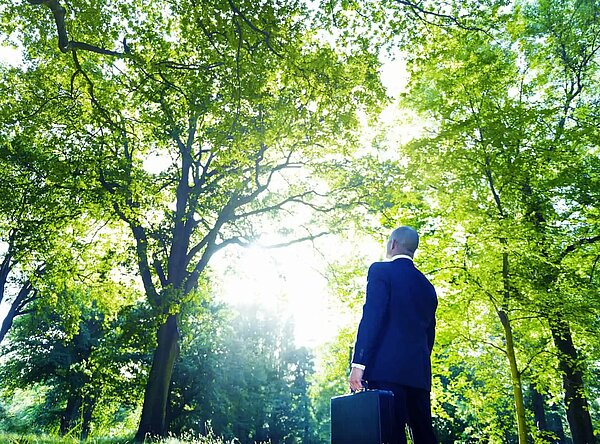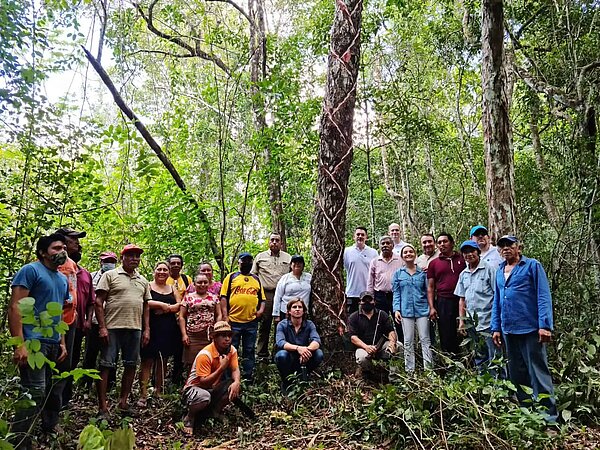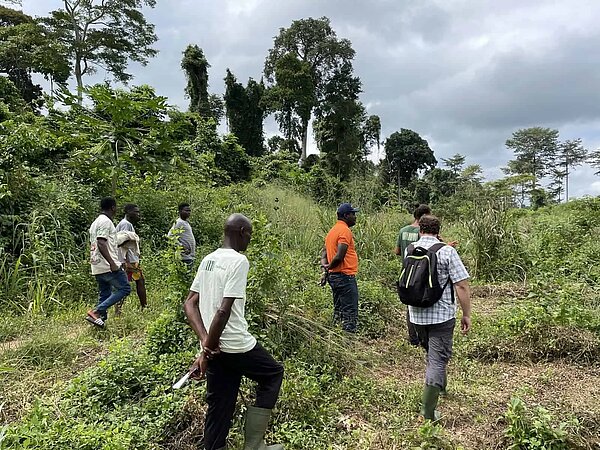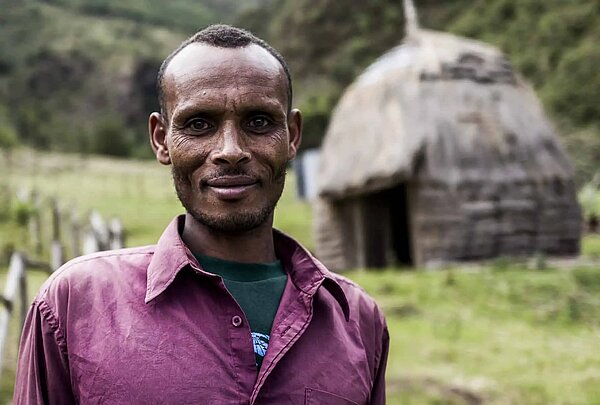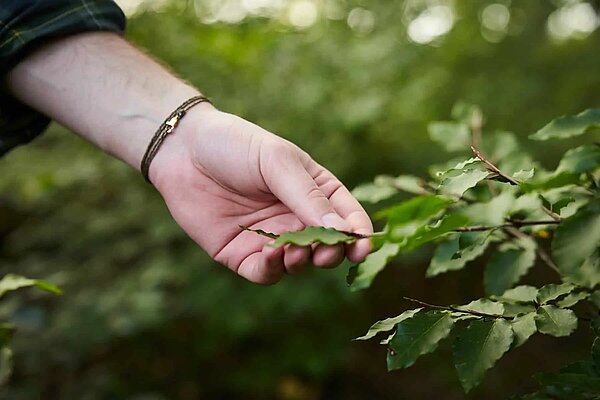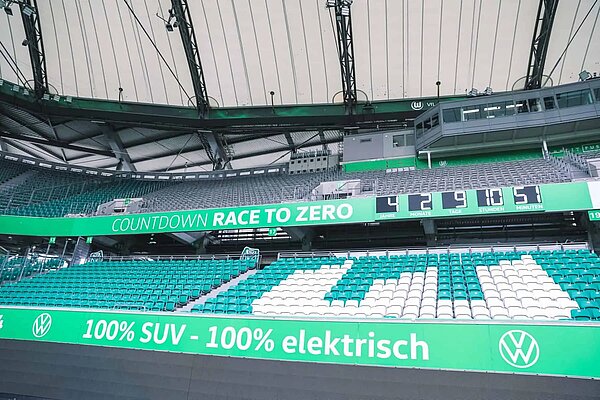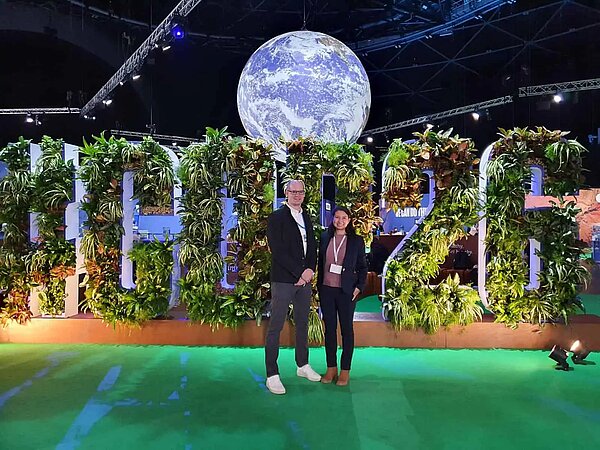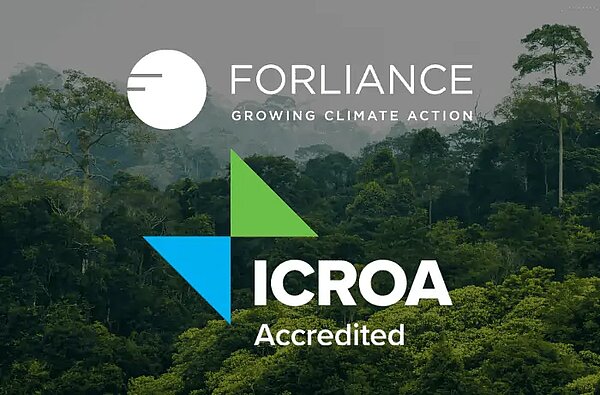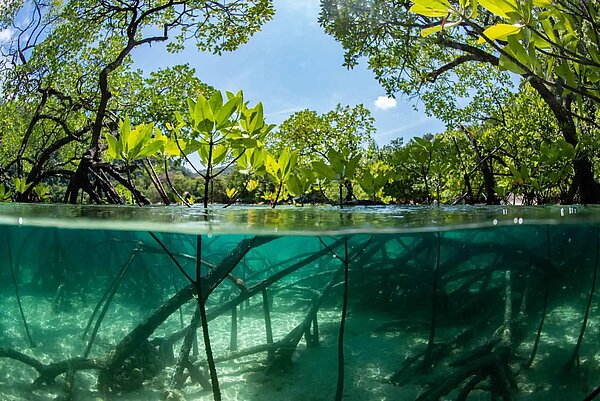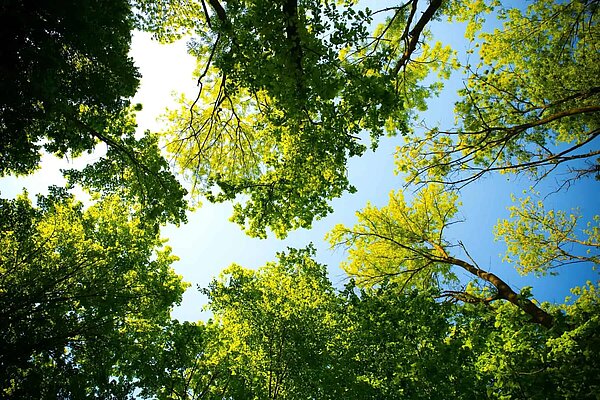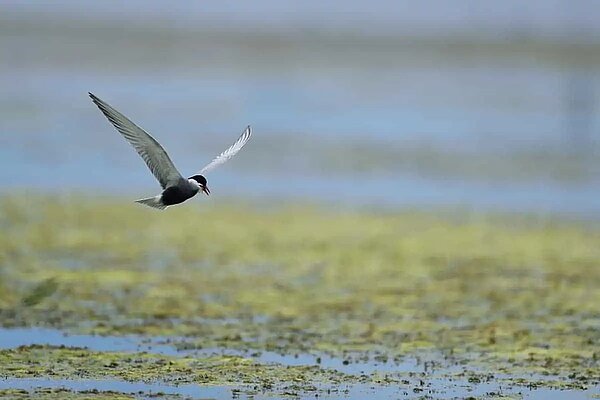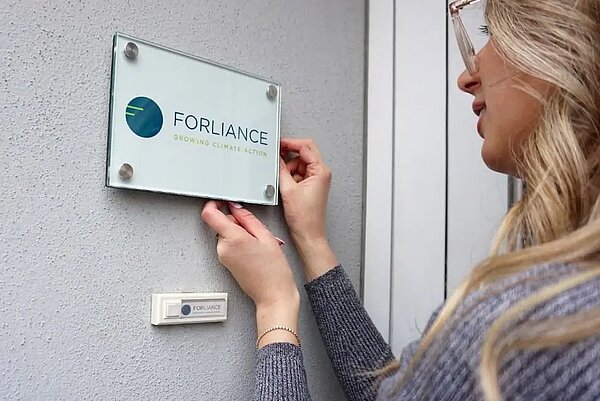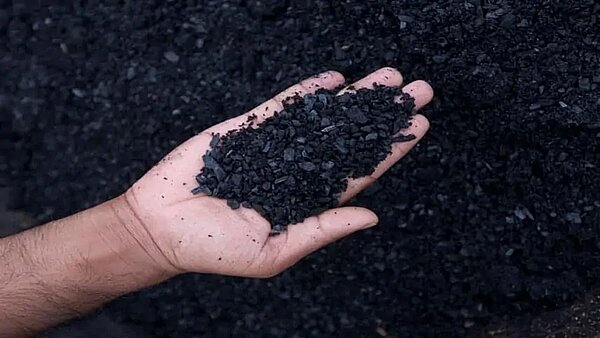Décimo aniversario del proyecto Sodo y Humbo con World Vision Australia
December 15, 2021
Actualizaciones de Proyectos
En los últimos diez años de cooperación entre World Vision Australia y FORLIANCE, hemos alcanzado múltiples hitos dentro de los proyectos de reforestación de Sodo y Humbo.
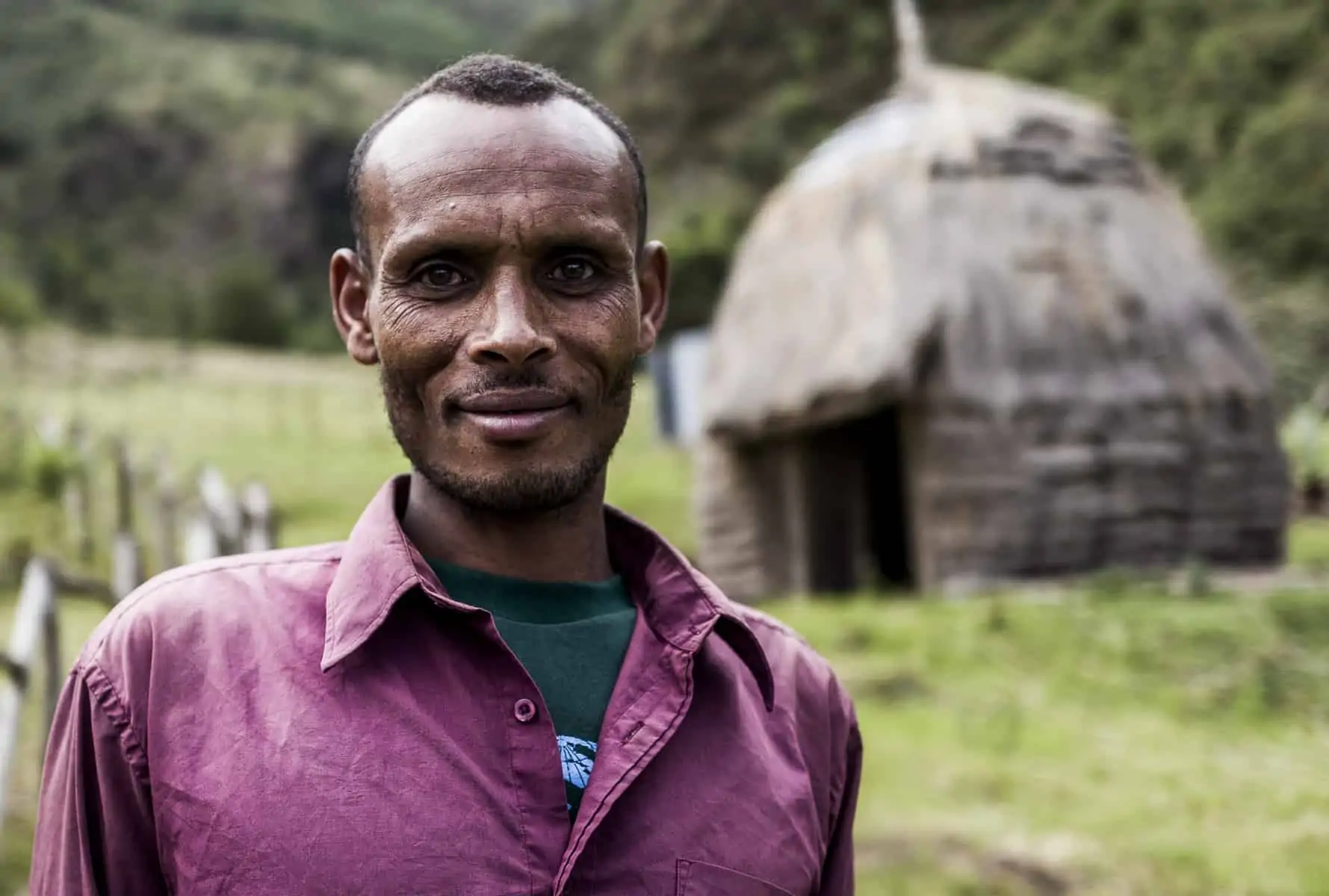
Cada vez más personas se están uniendo a las cooperativas y beneficiándose de los proyectos. Lo que hace que estos proyectos sean tan especiales es la participación de las comunidades locales. Las personas que viven en los pueblos alrededor del área del proyecto son directamente responsables de la implementación del mismo. Los beneficios, gracias a los esfuerzos de reforestación, son notables: mejor acceso a financiamiento, fuentes de ingresos más diversas, infraestructura y servicios comunitarios mejorados o nuevos, mayor cohesión social, así como una mejora en la biodiversidad, la recuperación de manantiales, la seguridad hídrica y la protección contra inundaciones. Las comunidades son más resilientes que nunca antes. Debido a estos increíbles éxitos, las comunidades han añadido 176 hectáreas de terreno forestal a las 503 hectáreas originales en Sodo.
World Vision Australia, con FORLIANCE como socio comercial exclusivo del proyecto, ha desarrollado proyectos excepcionales que son positivos para la naturaleza, basados en la comunidad y, lo más importante, sostenibles. Sabiendo lo que hemos puesto en marcha y logrado durante los últimos 10 años de trabajo conjunto, estamos emocionados de llevar a cabo nuestros planes y proyectos futuros juntos.
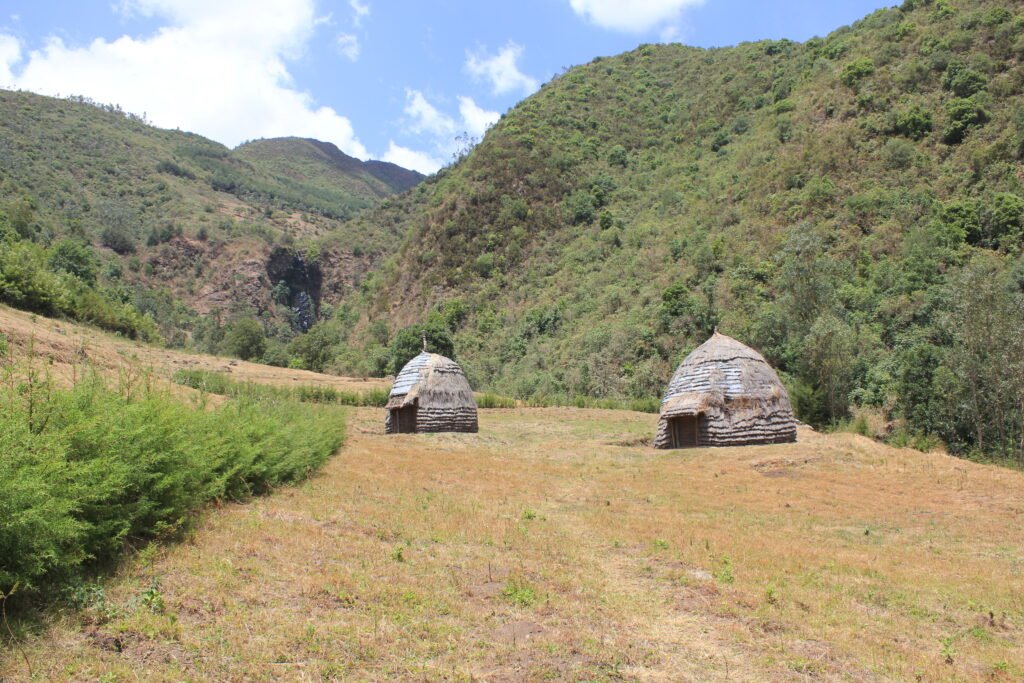
FORLIANCE entrevistó a Rob Kelly, asesor técnico de Seguridad Alimentaria y Resiliencia de World Vision Australia; Tony Rinaudo, asesor principal de Recursos Naturales y ganador del Premio Right Livelihood; y a Kebede Regassa, gerente de programas de Etiopía, sobre el desarrollo del proyecto Sodo y Humbo durante los últimos 10 años.
World Vision Australis’s Food Security and Resilience Rob Kelly, asesor técnico de Seguridad Alimentaria y Resiliencia de World Vision Australia, ha trabajado en estrecha cooperación con FORLIANCE durante los últimos 10 años.
¿Cuáles metas sociales, ecológicas y de biodiversidad del proyecto Sodo y Humbo se han alcanzado?
Rob Kelly: “Nuestros proyectos de Sodo y Humbo son ambos proyectos de reforestación en Etiopía. Los proyectos realmente han visto objetivos sociales, ambientales y económicos realizados. Sociales, porque las comunidades ahora trabajan juntas más que nunca. Ambientales, porque las tierras agrícolas se han recuperado y estamos viendo florecer la biodiversidad. Y económicos, porque las comunidades ahora pueden obtener un mejor sustento a través de sus actividades relacionadas con el bosque y la gestión de esa área forestal. De hecho, la reforestación del área se ha llevado a cabo mediante un proceso llamado Regeneración Natural Gestionada por Agricultores (FMNR, por sus siglas en inglés). Es una forma en la que las comunidades se unen, descubren las prácticas comunitarias para gestionar ese bosque y acuerdan cómo regularlo. Ha sido una manera maravillosa de ver cómo la comunidad se une y trabaja colectivamente para estos resultados ambientales y ecológicos."
¿Cómo ha ayudado FORLIANCE a lograr los objetivos del proyecto?
Rob Kelly: “La colaboración entre FORLIANCE y World Vision Australia ha sido simplemente maravillosa. Nos ha permitido conectar a las comunidades con el mundo. Juntos hemos podido apoyar sus esfuerzos en la restauración de su entorno y su capacidad para capturar carbono. Todo eso se ha convertido en una fuente de ingresos para ellos a través de los esfuerzos de FORLIANCE y de aquellos que están conectados con FORLIANCE como compradores de esos créditos de carbono. Esta magnífica colaboración conecta a las personas que viven cerca de los bosques en las zonas rurales de Etiopía con empresas tecnológicamente avanzadas y sofisticadas, muchas de las cuales están ubicadas en Europa. Estamos extremadamente agradecidos con FORLIANCE por facilitar y ayudar a organizar estas conexiones que no habrían sucedido de otra manera.”
¿Cuáles son los objetivos futuros comunes de World Vision Australia y FORLIANCE?
Rob Kelly: “Mientras celebramos 10 años de trabajo juntos, también miramos hacia los próximos 10 años. Por supuesto, continuaremos trabajando con nuestras comunidades en Humbo y Sodo. Estamos ansiosos de que se alcancen más objetivos de captura de carbono. Pero también de ver que las comunidades adopten más este enfoque y se beneficien de la restauración de sus paisajes. También estamos explorando nuevas oportunidades de colaboración con FORLIANCE. Tenemos la esperanza de iniciar nuevos programas de carbono en África y otras jurisdicciones. Estamos entusiasmados con la oportunidad de trabajar más estrechamente con FORLIANCE en nuevas ubicaciones y conectar a las comunidades rurales, que están siendo desafiadas por los efectos del cambio climático, con el mundo que está interesado en apoyarlas a través del financiamiento del carbono.”
Reflexionando sobre 10 años de trabajar de la mano con FORLIANCE, ¿qué es lo que más resalta?
Rob Kelly: “Durante el trabajo con FORLIANCE de una manera muy colaborativa, ¿qué es lo que más resalta? Creo que han sido las relaciones. Ha sido caminar juntos. Ha sido el entendimiento compartido. Ha sido el respeto mutuo al comprender las habilidades y especialidades de cada uno. Ha sido trabajar de una manera que realmente beneficia a aquellos en las comunidades rurales para las que estamos trabajando. Ver cómo estas comunidades rurales se conectan con el mundo a través del mercado de carbono es maravilloso. Realmente apreciamos cómo FORLIANCE nos ha acompañado en este viaje, ayudándonos a comprender más sobre el mundo de los mercados de carbono y las necesidades de quienes compran estos créditos de carbono. Al mismo tiempo, hemos tenido la oportunidad de compartir con FORLIANCE más sobre lo que significa trabajar en lugares difíciles, como las zonas rurales de Etiopía y los desafíos que enfrentan esas comunidades. Apreciamos trabajar juntos hacia los objetivos comunes de desarrollo sostenible.”
Tony Rinaudo, asesor principal de Recursos Naturales de World Vision Australia y ganador del Premio Right Livelihood, reflexiona sobre su experiencia en el proyecto Sodo y Humbo:
Tony Rinaudo: “Estos dos proyectos han sido un éxito en muchos aspectos: económicos, sociales, ambientales y en términos de captura de carbono. Pero mi medida favorita es la “medida de cómo se siente la gente”. Un agricultor me dijo: “Estoy tan orgulloso. Tan orgulloso de mi pueblo, tan orgulloso de mí mismo, tan orgulloso de mi país. Este proyecto es conocido en todo el mundo.” Creo que eso captura lo que la gente siente acerca de estos proyectos. Los proyectos de Sodo y Humbo han devuelto a las personas un sentido de orgullo, un sentido de valor propio y un sentido de esperanza por un futuro mejor."

La técnica de reforestación FMNR fue redescubierta y utilizada a gran escala en áreas áridas de África por el agrónomo australiano Tony Rinaudo, quien recibió el “Premio Nobel Alternativo” por ello en 2018.
¿Qué papel jugó FMNR en la restauración a largo plazo del ecosistema?
Tony Rinaudo: “Recuerdo haber caminado por una parte de la montaña que ahora es el proyecto de reforestación Humbo, aproximadamente un año antes de que comenzara el proyecto. Todo lo que veía eran rocas que sobresalían del suelo, grietas en el suelo. Era la estación seca. No había árboles y las ratas correteaban entre las rocas y salían de las grietas. Era una escena casi apocalíptica. Aproximadamente 12 meses después del inicio del proyecto, estaba a punto de salir del coche y fui sorprendido por un coro de cantos de pájaros. En mi mente, interpreté eso como: “Tony, gracias, gracias por devolvernos nuestro hogar”. La fauna había regresado a ese bosque. Hay menos inundaciones, menos deslizamientos peligrosos. Hay una diversidad de árboles y pastos y una gran afluencia de aves y varios tipos de fauna. FMNR fue una base para estos cambios ambientales. Esto se debe a que trabaja con la naturaleza, trabaja con lo que ya está ahí. Es de bajo costo, es rápido y es escalable.”
Kebede Regassa, gerente de programas de Etiopía, está en el lugar y ve diariamente el desarrollo, los desafíos y los éxitos de este proyecto. Esto es lo que ha observado.
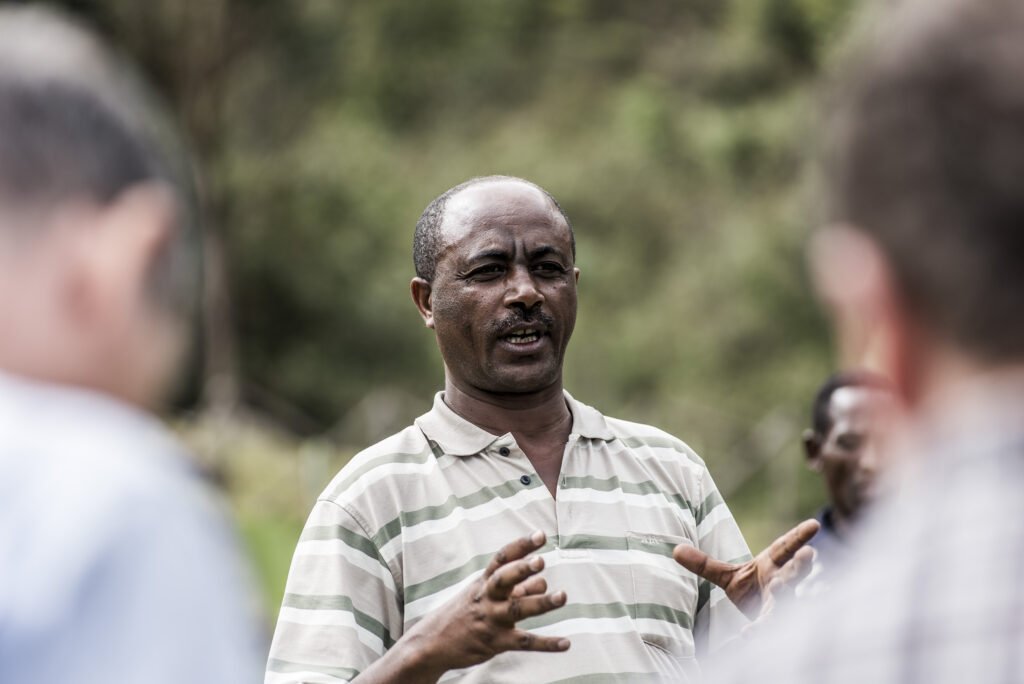
Director del programa Kebede Regassa
¿Cuáles desafíos tuvo que enfrentar inicialmente el proyecto?
Kebede Regassa: “Hubo desafíos iniciales antes de que comenzara el proyecto. El área a restaurar pertenece a la comunidad y normalmente obtienen su sustento de esa área, por lo que había preocupación por parte de aquellos que dependen del pastoreo de ganado, la recolección de leña o la producción de carbón. El proyecto se tomó el tiempo necesario para crear conciencia y llenar la brecha de conocimiento en la comunidad. Como resultado de trabajar a través de estos desafíos, el sentido de pertenencia creado dentro de la comunidad es muy significativo.”
En los últimos 10 años, ¿cómo ha impactado el proyecto Sodo y Humbo a las comunidades locales?
Kebede Regassa: “En los últimos 10 años, el proyecto Sodo y Humbo ha impactado a las comunidades locales en todas las dimensiones de su vida. El primer impacto es la conciencia, el conocimiento y las habilidades adquiridas por la comunidad. Otro beneficio importante es el aspecto ambiental del proyecto. Antes de que comenzara el proyecto, especialmente la parte de la comunidad que vive en el área urbana, había sufrido erosión del suelo, inundaciones y deslizamientos de tierra. Ahora, después del proyecto, debido a la restauración de la vegetación, la erosión del suelo, las inundaciones y los deslizamientos

